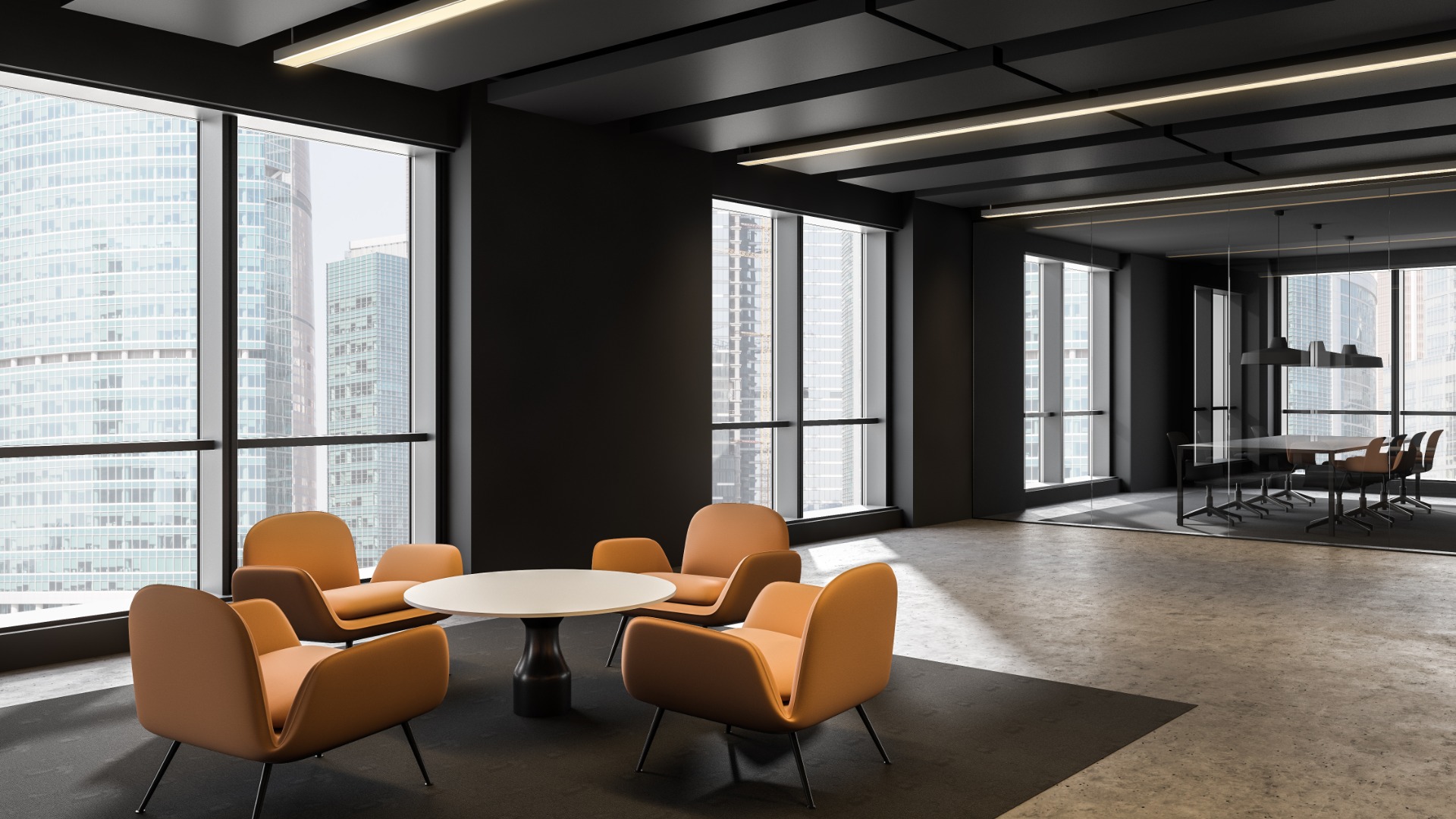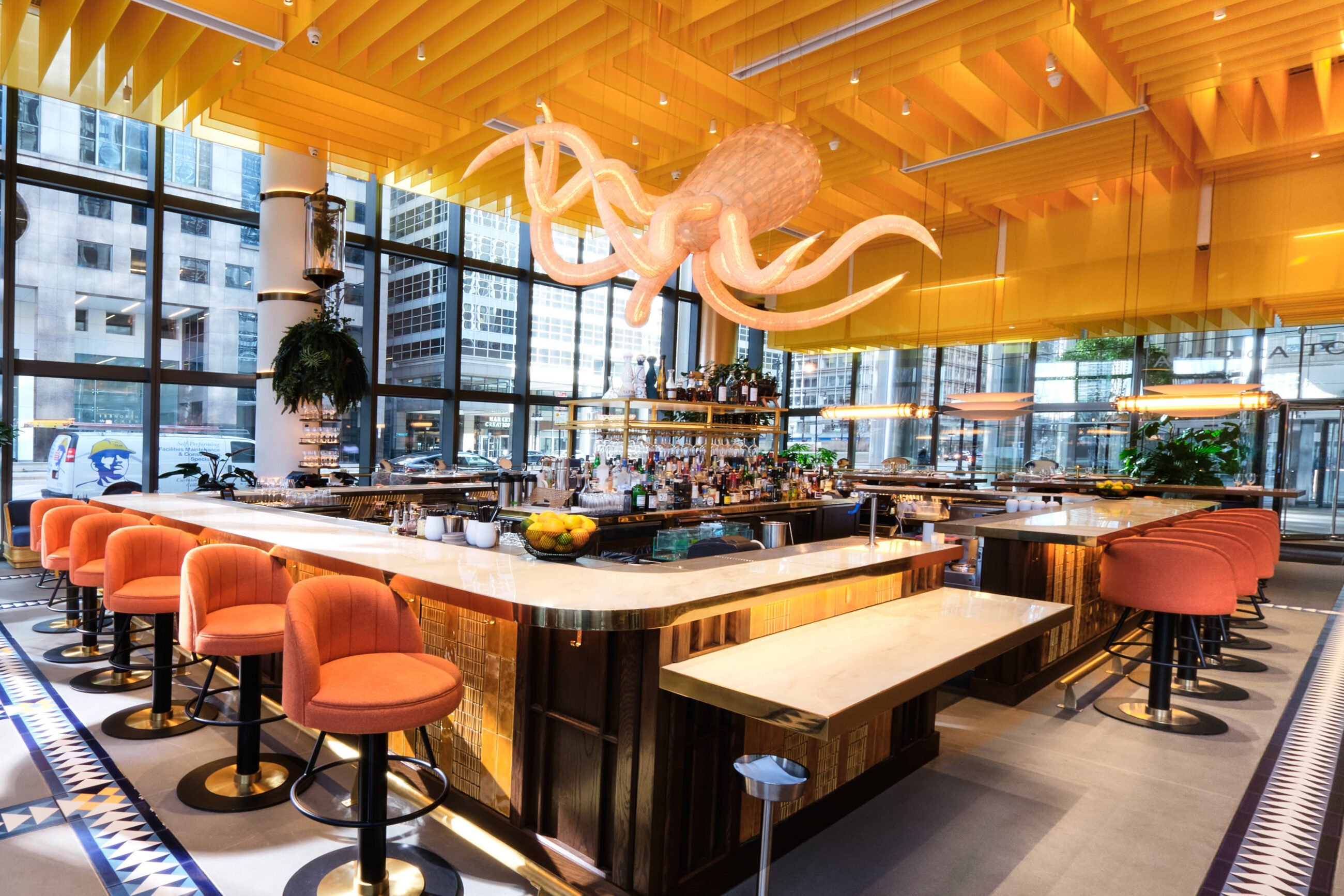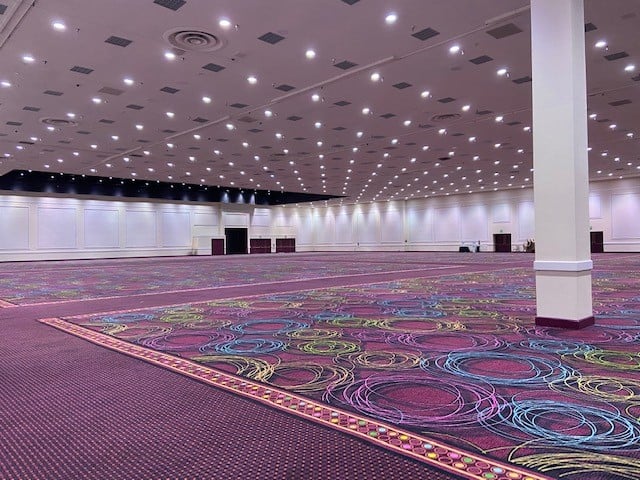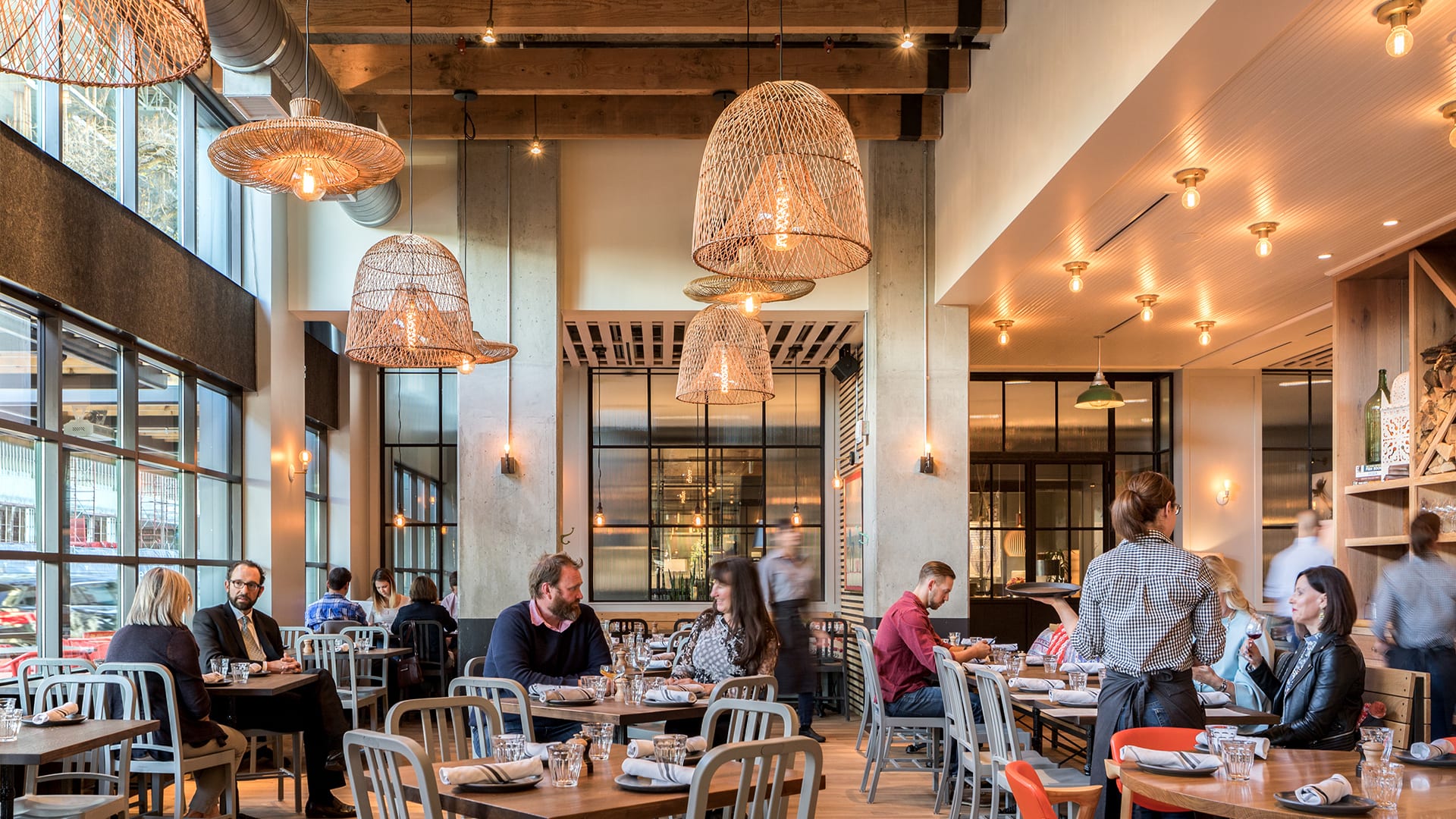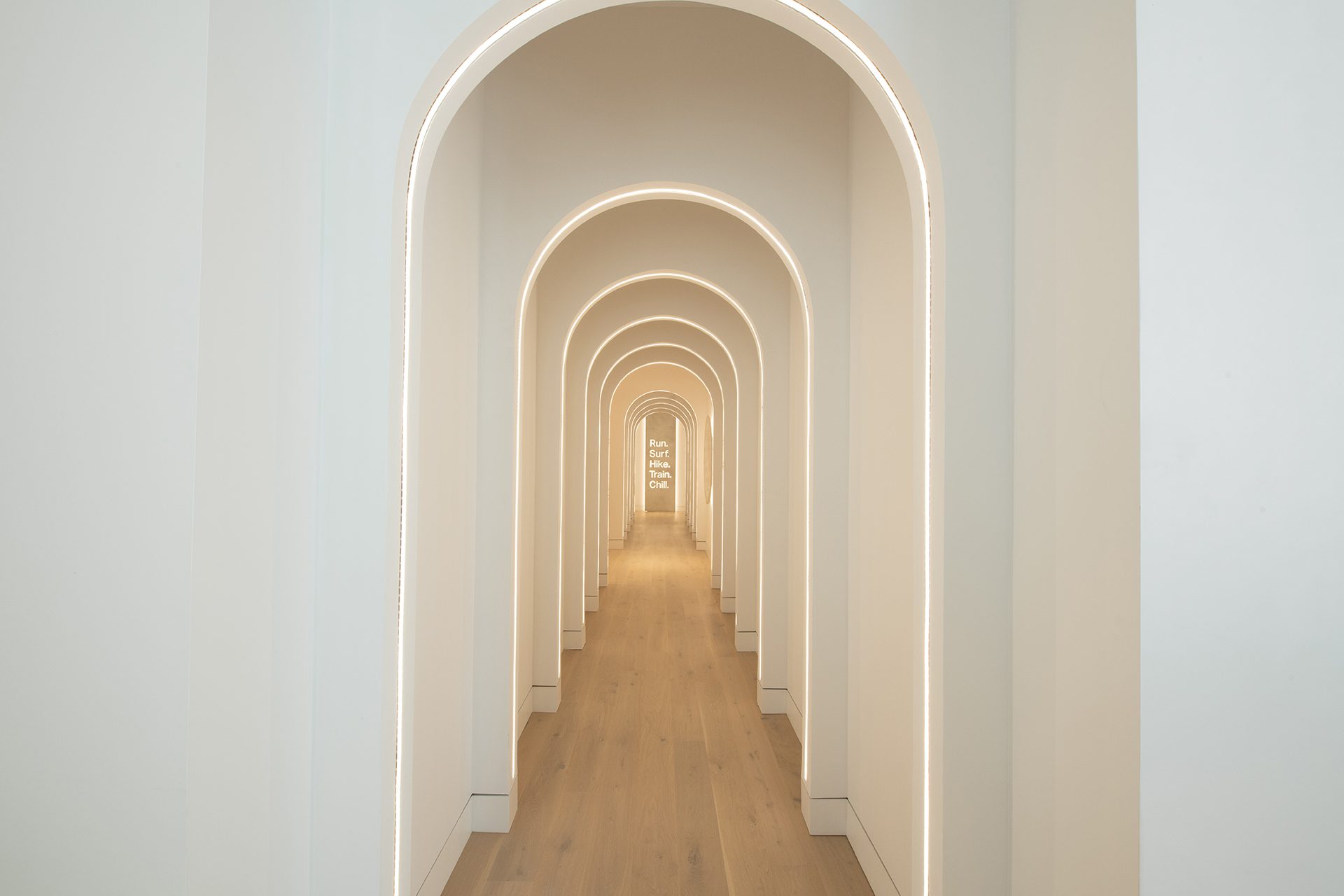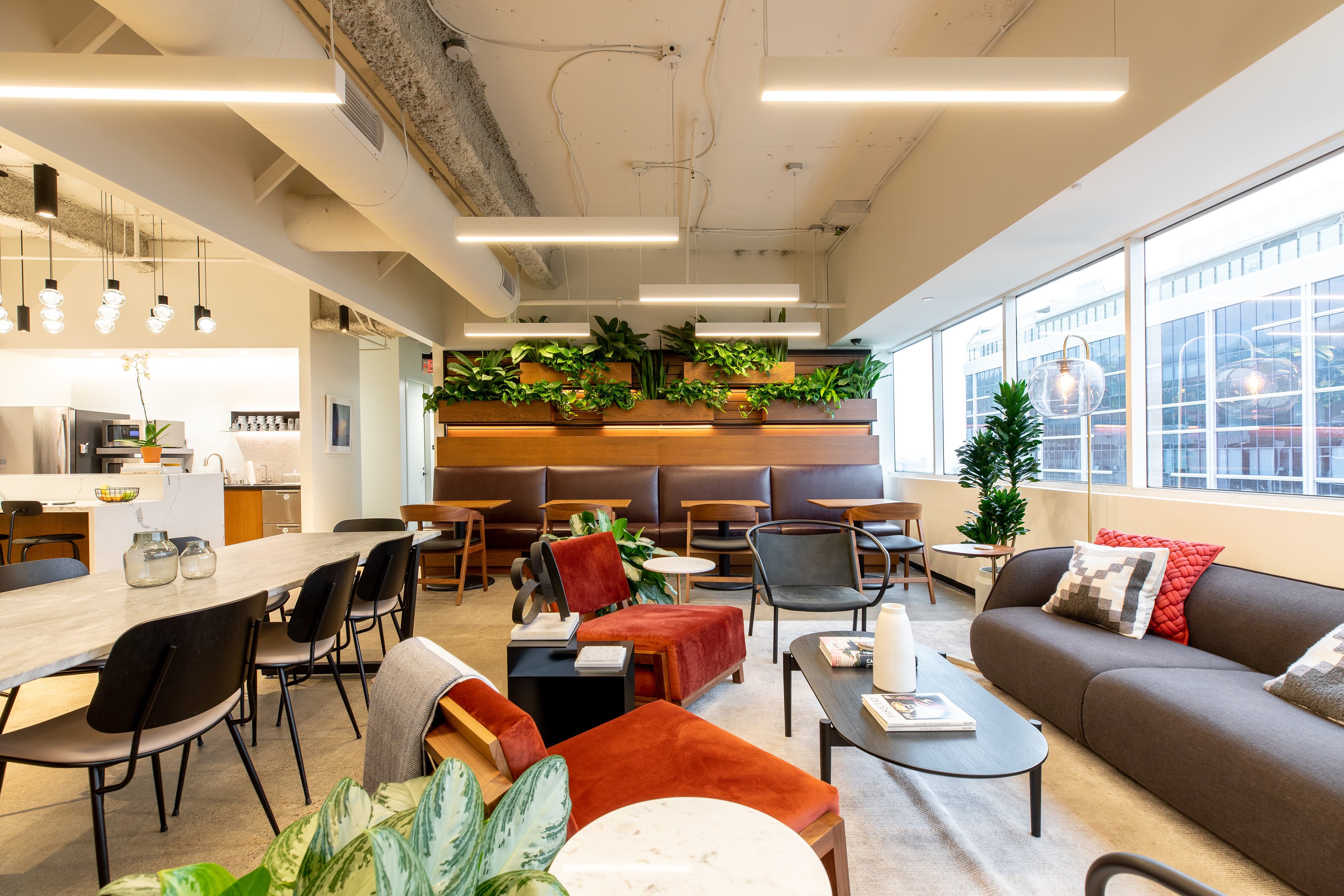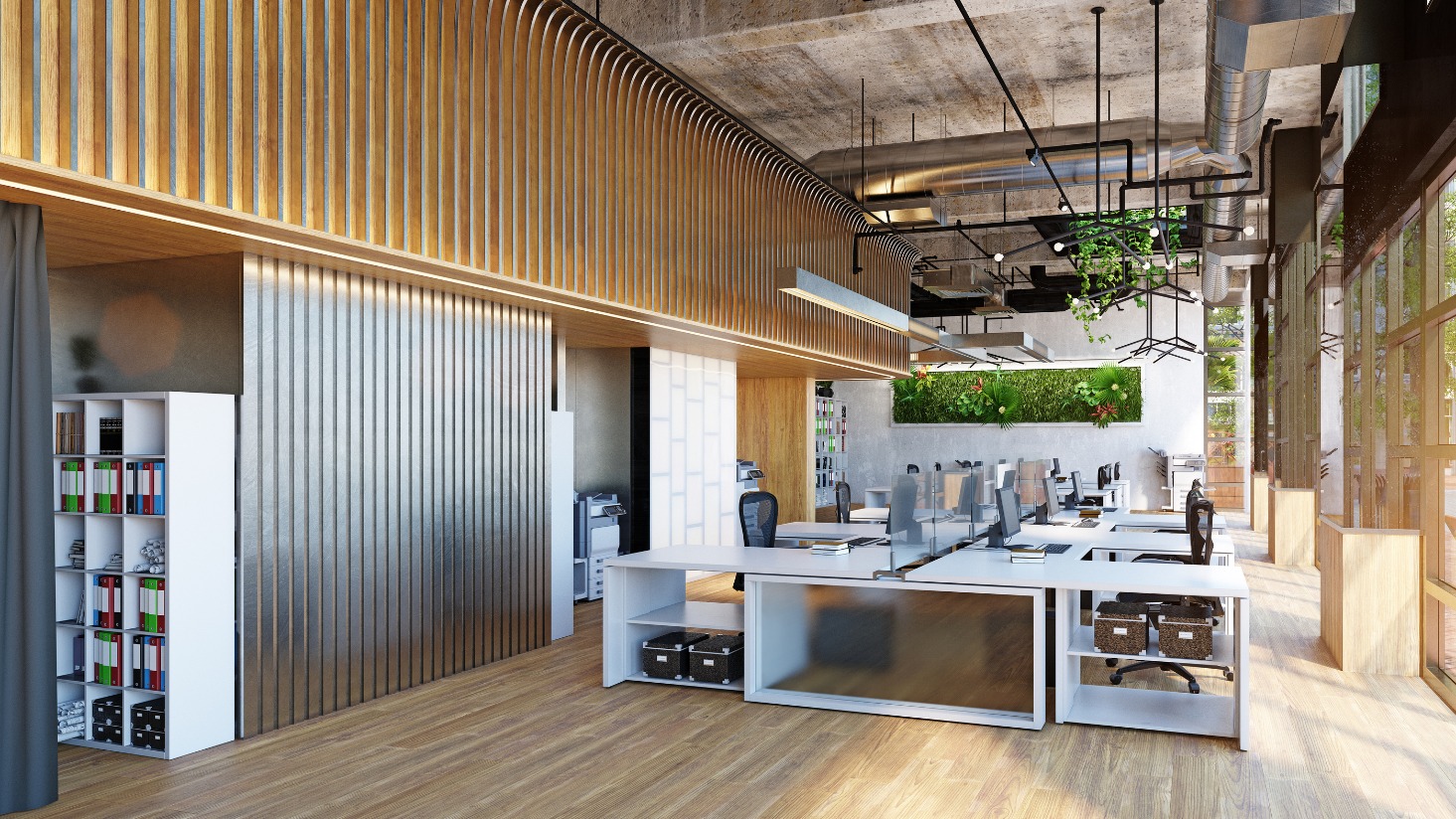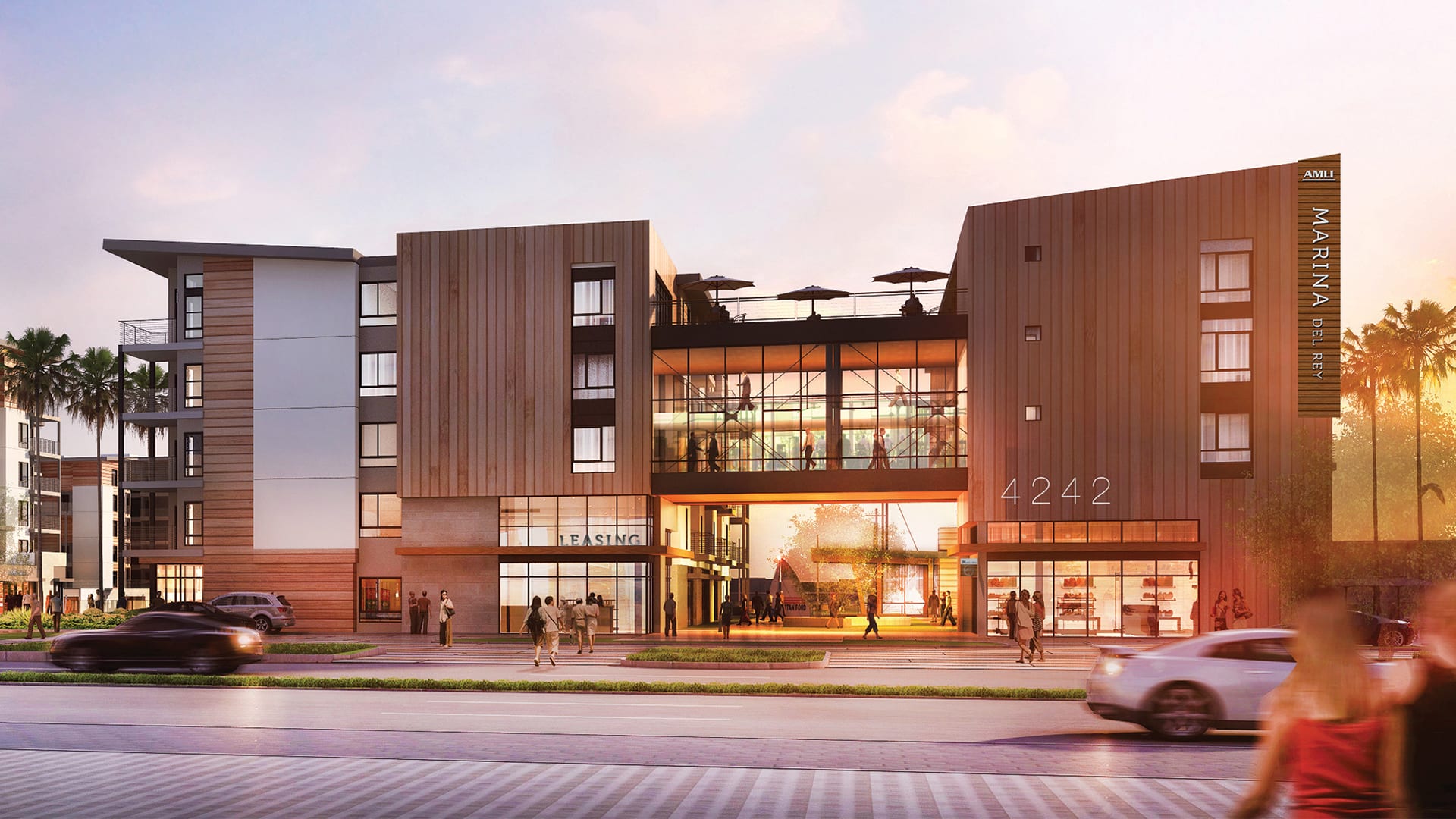Why lighting controls cause issues in construction projects
Lighting for construction projects tends to be complex enough, but when you add in controls, you often add an additional layer of complexity. Lighting controls give spaces more flexibility and efficiency than ever before. But often, they end up being a common source of RFIs or headaches on projects.
Complexity isn't inherently bad when it comes to lighting, but you need a lighting partner who is willing to balance complexity with the needs of the project and own the final specification all the way through commissioning.
Lighting controls: Complexity and compatibility
Lighting controls are a requirement in more jurisdictions around the country, and controls can come in a variety of forms. From simple occupancy sensors to daylight harvesting, to full controls systems, the level of complexity needed on any given project will depend on local code and the client's goals for the space.
As wireless controls grow in popularity, stability, and cost-effectiveness, these also add new considerations for a space with added flexibility for reconfiguration and upgrades. Benefits of controls, aside, they can also be a source of RFIs and delays on many construction projects. Two of the biggest challenges with lighting controls are compatibility and commissioning.
Controls compatibility
Controlling traditional lighting has historically been pretty straightforward. The biggest challenge used to be dimming fluorescent ballasts and making sure that the method of control (0-10V, DALI, etc.) matched between the system and the specified ballast.
LED lighting has brought major benefits with lower wattage, instant brightness, color flexibility, new form factors, and the list goes on. For proof, just look at some of the lighting controls on display in the most modern sports arenas. Those lighting scenes and effects would have been impossible with traditional HID lighting.
The challenge with LED lighting is that the internal components aren't that different from other electronics on the market (like a cell phone, for example), so this means that compatibility issues are more complex than just checking the dimming method.
Most controls manufacturers provide lighting compatibility lists to ensure that strobing, flashing, and poor performance aren't an issue with their systems. This compatibility check is essential any time controls are in use.
Controls commissioning
Another challenge with lighting controls comes during installation and as a project is wrapping up. Commissioning is the final step to make sure that all of the scenes and efficiency operations are working as expected. In some cases, this will be an important line item when it comes time for inspections.
For many projects, by the time commissioning comes around, it's often hard to determine who will do the final commissioning. This isn't something you want coming back across your desk. And you really don't want an inspection held up because a system hasn't been commissioned.
Owning the lighting plan — including controls
One of the best approaches to having successful lighting, including controls, is understanding from the beginning of who will own the specifications. As an architect, you want the project to run smoothly and reflect well on you and your firm. Projects that run smoothly with fewer delays or last-minute commissioning snags make everyone happier (and save you time).
As an architectural lighting design firm, we take pride in our specifications and the resulting project. When we work on a project, we own the lighting plans from the fixture schedule all the way through commissioning. We have even reviewed lighting plans on projects already in progress to catch issues like this before they cause installation delays. If you're dealing with controls on a regular basis or you're in need of a lighting review, don't hesitate to contact us.



